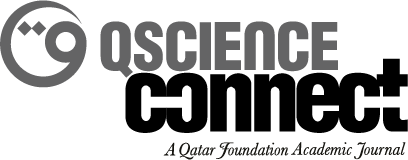-
oa Teaching Medical Humanities in a Middle Eastern International Medical School: Frameworks and structure
- Source: QScience Connect, Volume 2022, Issue Issue 3- Medical Humanities in the Middle East Conference, Aug 2022,
-
- 31 August 2022
Abstract
Several reports over the last two decades have indicated the importance and success of incorporating medical humanities courses and modules in medical schools. While this inclusion is well established in the Euro-American contexts, it is still underrepresented and understudied in Eastern contexts. In this presentation we aim to describe building an elective course titled “Medicine and the Arts” for second and third-year medical students of different nationalities at the College of Medicine in Qatar University. In offering this elective we aimed to establish an understanding of the linkages between humanities, medicine and art, and to strengthen concepts and practices of culture competence among the students.
Little has been written on designing medical humanities courses in non-Western contexts. In structuring and building the content of the course in a Middle Eastern context, we faced several challenges. The discipline privileges the Western scene and discourse in art and humanities, means that resources tend to be mainly Euro-American in their framing of medical concepts such as doctor-patient relationship, patient-centred approach, illness narratives. Whereas the students enrolled in the college come from non-Western contexts, which are largely ignored in the majority of the available current reports.
To equivocate these challenges, we used the Cultural Competence Model of Purnell; adopted an interdisciplinary approach and employed the concept of intersectionality to structure and deliver a culturally competent course that explores the nexus of medicine, humanities and art. Students were encouraged to link topics discussed in the course to their own experiences and cultures as a way to create relevance and meaning. Lastly, we made a concerted effort to curate art work reflecting the students’ rich cultural heritage.
The course comprises five themes, taught in two-week blocks:
– Medicine, history and painting
– Medicine, anthropology and photography/documentary
– Medicine, sociology and music
– Medicine, literature and philosophy
– Medicine, psychology and cinema
The remaining sessions include physician-artists guest speakers and visits to relevant art exhibitions to explore art in medical contexts.
Adopting a culturally competent approach to medical humanities helps to broaden the scope and make the course relevant to a culturally diverse student population. This approach harnesses the students’ own cultural backgrounds and works of art to explore the nexus between humanities, social sciences and medical care from around the world.


